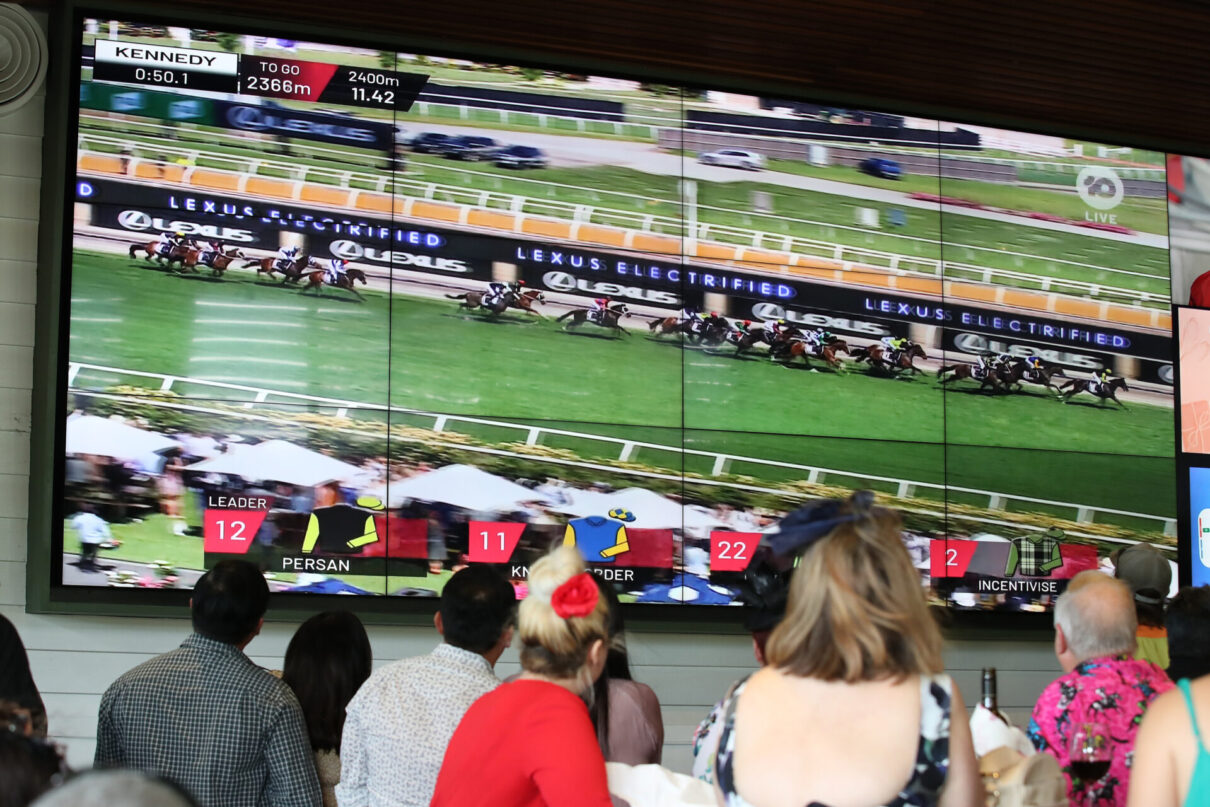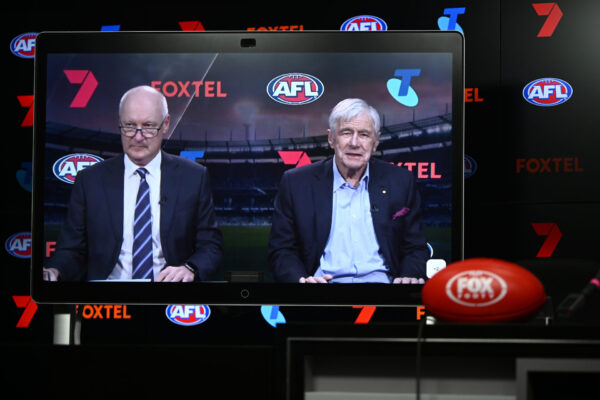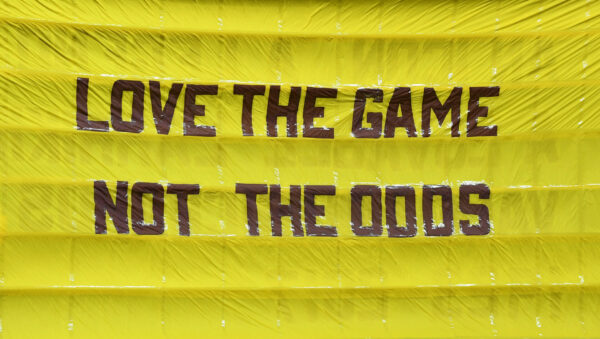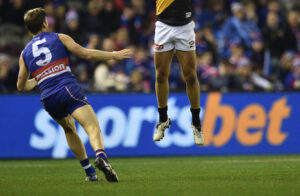Worth a Punt – 2% Levy on Gambling Revenue Could Replace Free-To-Air Advertising Spend

There is widespread public support for banning gambling advertisements on free-to-air media because of the harm caused by gambling. The main objection is that Australia’s free-to-air networks, hit by declining revenues and fragmenting audiences, can’t afford to lose the money.
But there’s a simple solution.
A small levy on the many billions of dollars gambling companies extract from Australians could compensate the media for the lost revenue – with enough left over to increase funding for the ABC.
Such a levy would cost the gambling industry less than a quarter of a billion dollars a year.
That’s a tiny fraction of the money lost on wagering.
Each year, losing bets cost Australians about $25 billion dollars, according to the Australian Institute of Health and Welfare and the Australian Gambling Research Centre.
That doesn’t include the cost to society of problem gambling, which feeds addiction and mental health problems.
According to the Australian Bureau of Statistics, gambling company revenues totalled $17.2 billion dollars in 2022-23.
Meanwhile, the industry spent about $239 million advertising on free-to-air TV, metropolitan radio, and online.

So, a levy on gambling revenues of just 1.4% could replace all that lost advertising income. Round it up to 2%, and we could replace some of the money the ABC has lost in budget cuts as well.
For the government, even without the levy, giving money to the free-to-air networks and banning the ads would be a small cost compared to the costs that gambling imposes on society.
For the media, it’s far better than a win-win.
Free-to-air networks could sell the advertising slots the gambling companies occupied to other businesses while pocketing the levy as well, producing a revenue bonanza.
One of the myths perpetrated by gambling interests is that banning their advertisements would cost the free-to-air networks hundreds of billions of dollars. Not so.
The reality is that other advertisers would buy the slots vacated by the gamblers. The same is true for the sponsorships of community and professional sporting clubs across the country.
These other advertisers might not be willing to pay quite as much: in many ways, the advertising market is an auction in which businesses with the worst reputation, in most need of whitewashing, are the highest bidders.
But there are still lots of companies with sullied reputations who would be willing to spend plenty.
Junk food companies already do so. Banks and fossil fuel companies are the next in line.

In return for giving the networks a lot of money to compensate for the withdrawal of gambling advertising, government could choose to impose some socially useful conditions.
Parliament might require them to broadcast some sports that get less coverage. With the networks enjoying a revenue windfall, it might not be too much to ask them to fund more Australian content.
But these are fine details, with almost as many permutations as the “multis” so heavily promoted on the screens and airwaves now.
The main thing is that, for everyone but the gambling interests, this is a winning bet.
Politically, it’s definitely worth a punt, with good odds that it would be a vote-winner.
Between the Lines Newsletter
The biggest stories and the best analysis from the team at the Australia Institute, delivered to your inbox every fortnight.
You might also like
More kids gamble than play ‘popular’ sports. Yet our leaders are too weak to put up a fight
Football, meat pies, kangaroos and gambling – there’s nothing more Australian.
Only thing standing in way of gambling reform is government’s cowardice
Australians are the world’s biggest losers. Last year, Australians lost $34.8 billion in bets. That’s more than Australian households spend on electricity and gas ($29.5 billion) or alcohol ($26.8 billion) – so it seems safe to say we have a problem.
Unfettered gambling advertising means young Australians are losing big
If you’re sick of ads for sport betting interrupting the footy – or anything else you watch on TV – you’re probably not alone.


